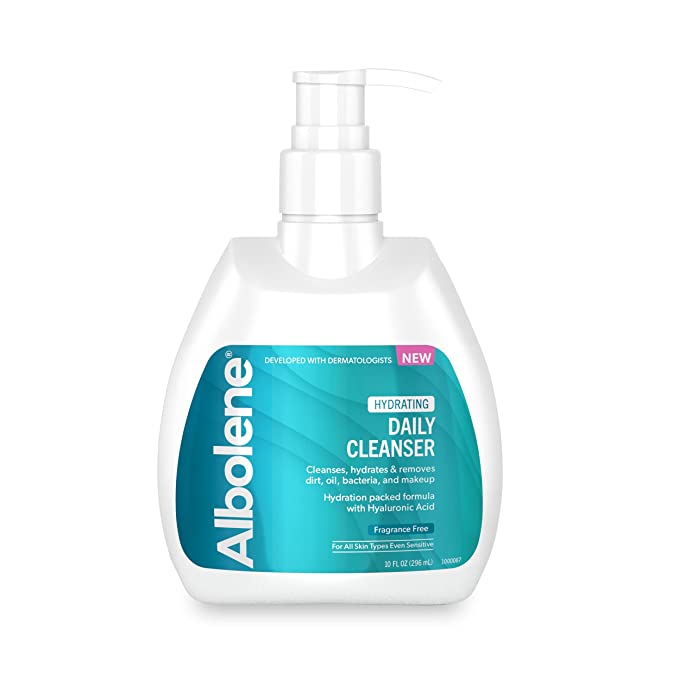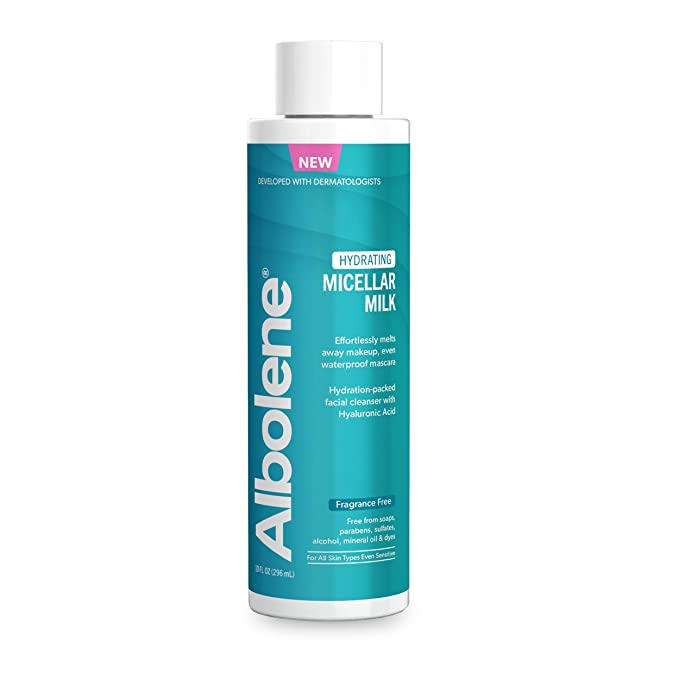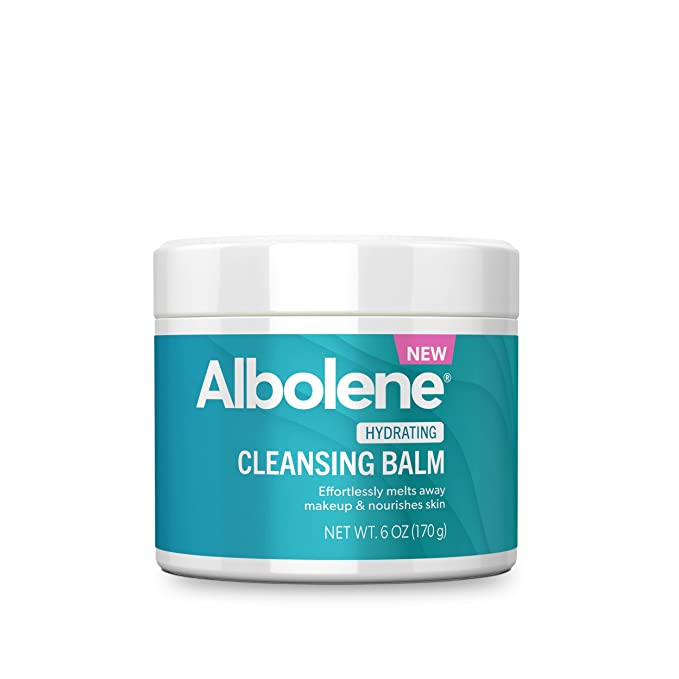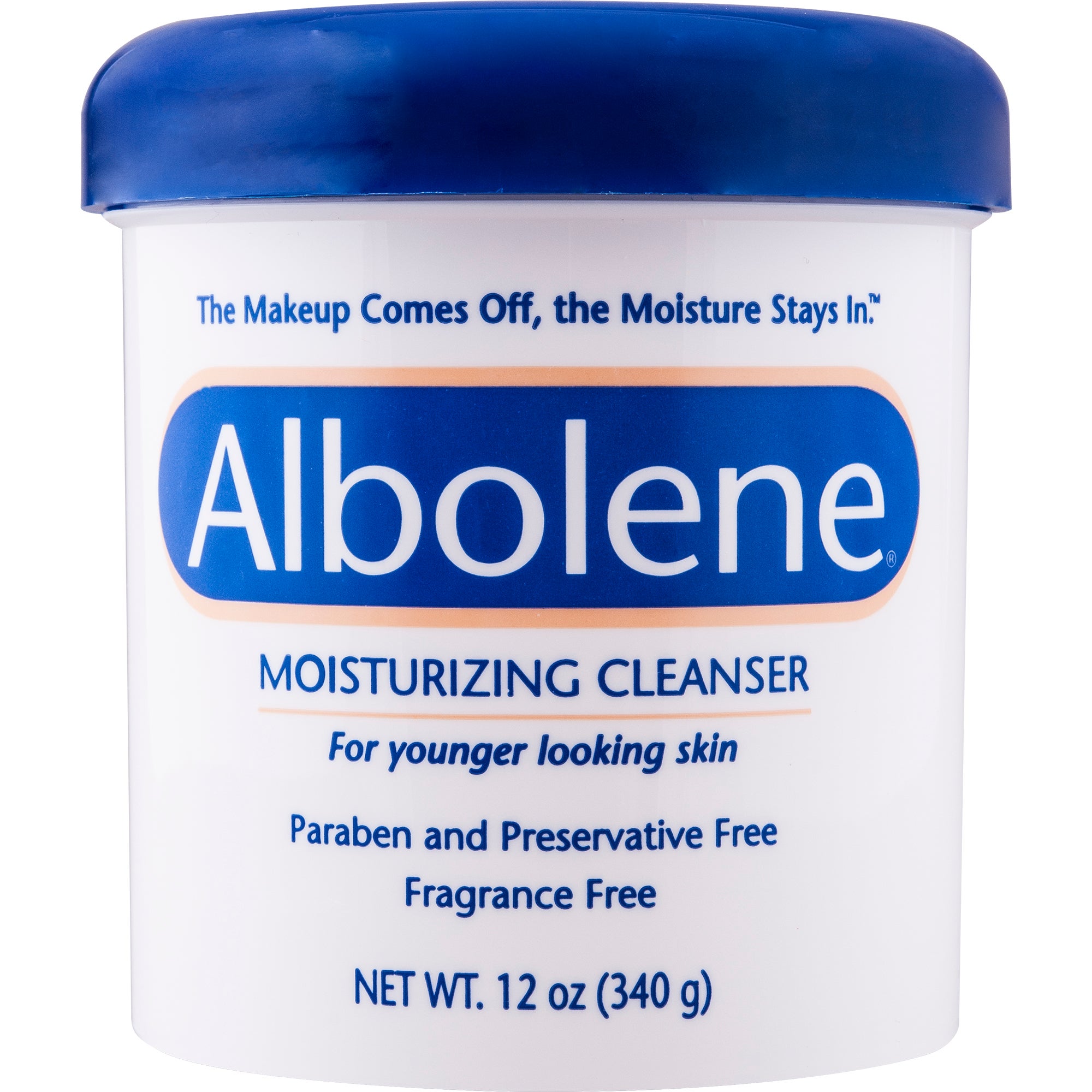Elaborate, multi-step skin-care routines were the norm during the pandemic (call it the great beauty boom of 2020). The thinking was: quantity over quality — emphasis on quantity. How were we supposed to soothe our lockdown blues and general malaise other than a 12-step self-care regimen? Skin care — and lots of it, like a bathroom cabinet brimming with creams, serums, and various elixirs — was a welcome salve for collective unease.
But three years later, things have shifted: Despite the sheer joy an overabundance of skin-care products can spark, it can sometimes cause our complexions to, well, revolt (read: become stripped, irritated, or even damaged from so many ingredients at once). So, in lieu of a routine heavy on excess, a more minimalist and strategic approach to skin care has prevailed — and skin cycling is one of the most effective (and buzziest) techniques to emerge from it. Skin cycling has taken TikTok by storm, with users touting the calculated beauty method for its ability to lessen acne and sensitivity, reduce irritation and redness, and achieve a filter-like complexion. (A Refinery29 beauty editor praised it for transforming her skin.)
AdvertisementADVERTISEMENT
So, what is it? Skin cycling is a four-night routine that will not only improve skin’s appearance overall, but also serves as a great way to introduce actives — aka ingredients that address specific skin concerns, like salicylic acid for acne — into your routine without damaging the skin barrier or causing irritation, says Carmen Castilla, MD, New York-based board-certified dermatologist.
Though TikTok can be a minefield of questionable and even dangerous beauty advice, Castilla says this is one trend she can get behind — in fact, she’s been behind it long before it became #skintok’s latest craze. “In the dermatology world, skin cycling is something we’ve essentially been doing forever,” Castilla tells Refinery29. “I’ve never told my patients to begin using active ingredients, like retinoids, every single night — I’ve always suggested taking breaks and starting slowly to increase compliance and avoid irritation or worsening breakouts.”
The less-is-more regimen works like this: On the first night, after cleansing, apply a chemical exfoliant. Any AHA or BHA will do, but Castilla recommends something with glycolic acid in it, like a toner or a peel pad. The amount will depend on what type of product you’re using — with a toner, for instance, you’ll want to apply a bit on a cotton ball and and swipe it one time on your face. (Avoid layering excessive amounts as that can cause irritation.) Follow with moisturizer. On the second night, use either a retinol (available over the counter) or a retinoid (available via prescription). Over-the-counter retinols tend to be gentler, so if you have specific skin concerns, like acne, visit a dermatologist. Whichever form you use, apply only a pea-sized amount, says Castilla.
AdvertisementADVERTISEMENT
On the third and fourth days, simply cleanse and moisturize with gentle, hydrating products devoid of the active ingredients you used on nights one and two. These ‘rest days’ will allow your skin to take a break and heal.
And choosing the right cleanser or moisturizer can make or break your skin cycling routine. Albolene, a 100-year-old skin-care company famous for its Moisturizing Cleanser (the cult product is also a mainstay in stage makeup kits due to its ability to both cleanse and moisturize), is one brand to consider using. This year, it launched a trio of hydration-packed cleansers with dermatologist-backed formulas (and budget-friendly price points — nothing’s above $15), featuring the Hydrating Cleansing Balm, a skin-soothing solid cleanser that removes makeup and general grime; the Hydrating Daily Cleanser, a hyaluronic acid- and aloe-laced wash ideal for folks with sensitive skin; and the Hydrating Micellar Milk Cleanser, which nourishes the skin’s moisture barrier via aloe and coconut milk while removing makeup. And even though each cleanser looks and feels different from one another, all three emphasize hydration, moisture, and gentleness — and they all play well with exfoliants and retinoids.
While it may seem as though the first two days of skin cycling are the most important, know that those rest days are equally, if not more, critical, says Castilla. Giving your skin a chance to breathe, recoup, and become accustomed to the actives from the previous two days is essential, otherwise there’s a higher chance you’ll experience adverse effects like flakiness, irritation, soreness, and dryness. A little of the latter is normal in the beginning, but if you’re thinking about practicing slugging — another TikTok skin-care trend that involves coating your face with petroleum jelly — to offset any dryness, Castilla says to forget about it, because “it can clog your pores and lead to an acne breakout, especially on the exfoliation night.” She also warns that people prone to conditions like eczema, dermatitis, or very dry skin in general may find the regimen too irritating for them.
AdvertisementADVERTISEMENT
Results aren’t immediate, so exercising patience is also key. Castilla says you can expect a more even skin tone, the appearance of a smaller pore size, and general radiance and glow anywhere between eight to 12 weeks.
And if you notice that your skin is tolerating the actives from nights one and two (meaning, you’re not experiencing dryness), Castilla says you can omit the fourth night and opt for a three-day cycle instead, which can enhance your results. Conversely, you can extend your rest days based on factors, like the weather (winter, for instance, can exacerbate flakiness and dryness).
Skin cycling is a considered, pared-back approach that actually happens to be as effective as it is buzzy. And even though it’s technically not “new,” Castilla is relieved the public is finally catching on. “These 20-step skin-care routines cause a lot of irritation,” she says. “Skin needs a break to repair itself, and skin cycling emphasizes the use of products in a strategic way. It’s going to lead to a lot less [discomfort] for people down the road.”
AdvertisementADVERTISEMENT











